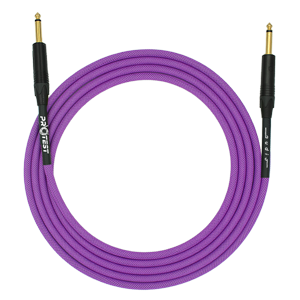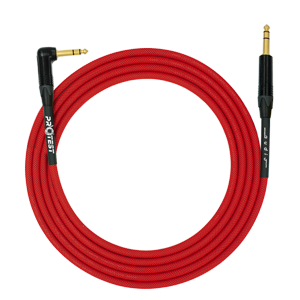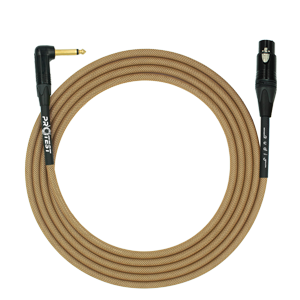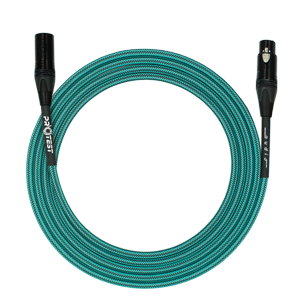
When most people hear the term "audio cable," they probably picture common types like AUX, RCA, or fiber optic cables. However, the world of audio cables is much broader and more complex than that.
You don't have to be an audio technician or sound engineer to understand that every audio device requires the right cable. And it's not just about choosing the right connector or size. The internal configuration of the cable also plays a key role.
Some audio devices require balanced cables, while others work with unbalanced ones. Some devices can only handle digital sound, while others are strictly analog.
This guide aims to simplify the world of audio cables by looking at the most commonly used types in both home and professional environments. I'll introduce you to the purpose and possible applications of each type.
In addition, I'll explain the key differences between analog and digital cables, and between balanced and unbalanced. Finally, I will provide useful tips on what to consider when choosing the right cable for your needs.
Translated with DeepL.com (free version)
You don’t have to be an audio expert or sound engineer to know that each piece of audio gear requires matching audio cables. And I’m not just referring to the connector type or size. The cable configuration is just as important.
Some audio equipment requires balanced, while other gear requires unbalanced cables. Some can only receive digital audio; other is fully analog.
This guide is designed to make the world of audio cables a bit less intimidating. I will try to list all the most common audio cable types used in home and professional audio setups and explain the intended purpose and possible use scenarios for each cable type.
Furthermore, I will explain the differences between analog and digital cables as well as balanced and unbalanced cables. Finally, I’ll give you some useful tips on what cables to look for depending on your intended purpose.









_2.png)


Leave a Reply Cancel Reply